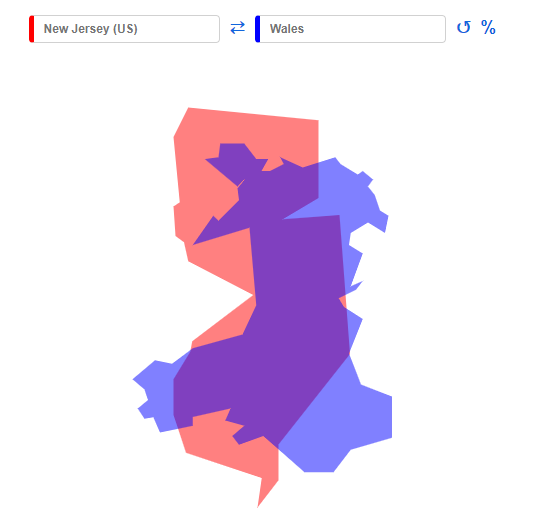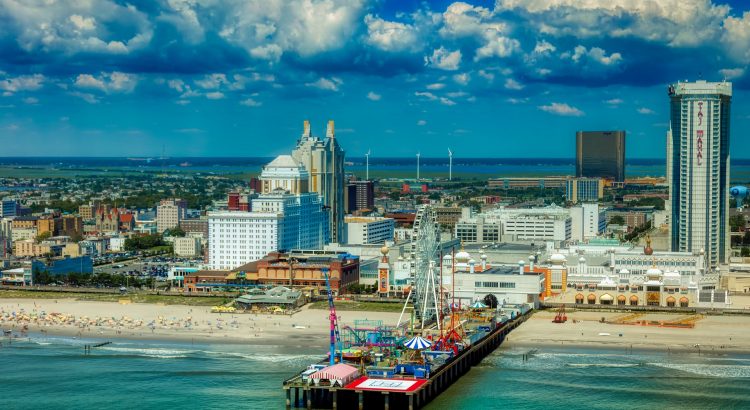Last week, I wanted a day of outside fun, so I went to the beach in Tel Aviv. A few years ago, when a family friend passed away, I paid a shiva call in Bnei Brak.
The great thing about living in a country the size of New Jersey, is that it’s relatively easy to travel between cities — and people often do so in the rhythm of their daily lives, whether for work, to see family, or just to check out a cool exhibit.
This means that imposing strict restrictions on cities labelled “red zones” is pretty meaningless, unless you prevent people from those zones from travelling to other cities. Closing a mall in a city is meaningless in a country where it wouldn’t be that strange to travel to a mall in a neighboring city on a Friday because the mall there is the only one with your favorite clothing shop, or when you might live in Israel’s central area, but commute daily to a job in Haifa.
That was the logic behind the proposed lockdown of the country’s “reddest” cities.
Prof. Gamzu’s traffic light plan called for decreasing restrictions in “green” and “yellow” zones, which have low Coronavirus rates. The easing of restrictions in some areas would be compensated for by increasing restrictions in red zones, and having a proper lockdown of the reddest zones, to make sure that people there didn’t travel to – and potentially infect people in – other zones.
Now, the government has taken local lockdowns off the table. But the other parts of the plan are being implemented. This means that the easing of restrictions is starting, without all of the accompanying balancing measures that were supposed to be in place.
Given that, pre-Gamzu, daily life in Israel was almost back to normal, with the exception of large gatherings, such as weddings (which were still taking place illegally) and the indoor capacity at restaurants, there is a real question about the cost of easing restrictions in yellow and green zones, relative to the risk. But that risk is manifold when green and yellow zones might include people who technically live in red zones, but now come to green zones for a date night or to buy their kid a pair of new shoes. Easing restrictions in some areas only works if you can ensure that, statistically, the population in those areas is unlikely to have Covid-19, but you can’t ensure that if there is a constant flow of population into and out of the area.
They are talking about curfews for some of the reddest cities. That’s as if, at the start of the virus, Israel sealed off travel from Italy — unless people from Italy were travelling into Tel Aviv in the morning and then taking a late night flight back, without sleeping in Israel. Except that it’s much easier to drive for an hour within a country than it is to fly between countries.
As a Jerusalemite, I was recently looking into going to an outdoor concert overlooking the Old City walls. The Old City is a designated red zone, but there’s nothing to stop someone from the Old City from going to a concert in a different part of the city.
Now they’re talking about a national lockdown over the holidays, which is likely to have a much greater national emotional and economic impact than localized red zone lockdowns.
But nothing’s been confirmed. The government spoke about local lockdowns, but then cancelled the vote about local lockdowns on the day the vote was supposed to take place, 24 hours before the lockdowns would have started. The government spoke about closing schools in red zones, but only made a final decision the day before schools were set to open.
The constant state of uncertainty, and the last minute-ness of the decisionmaking, only increases the economic and emotional impact of whatever decisions the government will finally make. How can you know how much inventory to order when you might be shut down in 2 weeks? But how can you not order inventory when you might not get shut down, and then you’ll need to feed customers? How can you make plans with family when you know that you might all have to stay home? But how can you not make plans to spend the first night of the year with your grandma?
Even if there’s no lockdown, people constantly have to plan as if maybe there will be a lockdown. But if there is a lockdown, it will still be a huge emotional and economic disappointment for many people, who still have reason to hope there won’t be a lockdown. Worse of all, the constant last-minute waffling makes it clear that the government has no plan, decreasing public confidence, which leads to less compliance of the guidelines, which leads to more cases -which starts the cycle all over again.

